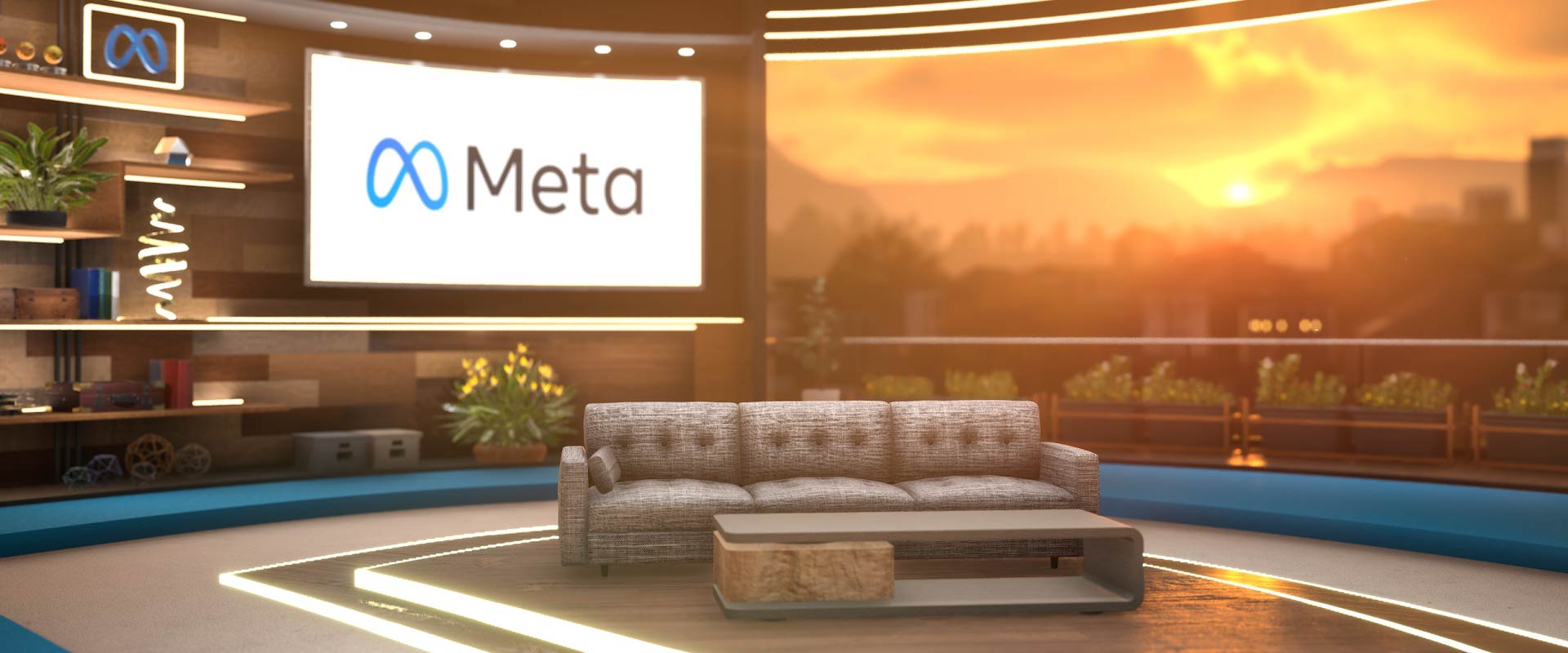New Worlds, New Possibilities
Facebook / Meta Video Productions (MVP) reached out to Xitelabs for the company’s expertise in Extended Reality, specifically to bring the latest technology and virtual production capabilities to Meta’s virtual production facility. Xite was selected as the winning vendor based on its extensive experience developing and operating numerous small volume XR LED stages – and led the creative and tech for the launch of MVP’s first xR stage
Xitelabs built the “Multiplex” world in Unreal Engine, integrating DMX and live show-controls for optimal scenic flexibility during shoots. The Meta XR stage employs Disguise technologies as the core media server, implementing Render Stream/RX machines to drive high resolution AOTO LED. Xite is a certified Disguise workflow partner, and smoothly liaised between MVP and Disguise technical support. Xite’s onsite labor efforts identified and catalyzed new development features into the Disguise software platform, collaboratively advancing the Disguise xR platform.
The final implemented workflow featured the ability to have multiple presenters stand and deliver to camera, along with virtual live feeds, AR or ‘Front Plate’ elements to create additional depth and interaction with the virtual environment. Virtual camera switching was successfully implemented in Disguise. For final delivery Xite helped to create and direct an internal explainer-video, to introduce the capabilities of the Meta Extended Reality stage to key stakeholders in the Meta video/event production world. Key stakeholders from across the company included Mark Zuckerberg, who experienced in-person Xite’s new virtual technology and photorealistic world designs.
The project was over 2 years in the making from initial concept to the final permanent installation on campus. The stage was the first xR integration into the Meta video economy.
Credits
